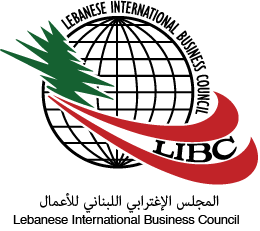Economic activity in the Arab Republic of Egypt, the largest oil-importing economy in the region, was supported by strengthening domestic demand, but net exports were weak due in part to restrictions on dollar deposits in banks. To support the economy, the central bank devalued the currency in March 2016 and announced that it would adopt a more flexible exchange rate policy.
The extended period of low oil prices has not provided a significant boost to growth to oil importers in the region, and unemployment, particularly among the young, is high. Although low oil prices allowed several countries to adjust policies to contain deterioration in public finances, fiscal deficits remain above 3 percent of GDP in all oil-importing countries in the region.
Outlook: Growth in the region is forecast to pick up slightly to 2.9 percent in 2016, albeit 1.1 percentage points less than expected in the January outlook and even further below the average pace during 2000–13. The downward revision comes as average oil prices are expected to track lower for the year. The outlook also assumes no worsening of negative spillover effects from the war in Syria, continued gradual improvement in the security situation in Iraq, and that a new government takes office in Libya, as established in a political agreement outstanding since the start of the year.
The marginal acceleration in regional economic activity expected in 2016 largely reflects stronger growth in the second-largest economy, the Islamic Republic of Iran, after the lifting of economic sanctions. Iran’s economy is expected to advance at a 4.4 percent pace in 2016 after expanding by 1.6 percent last year. The country’s crude oil production has increased sharply in recent months, and by April was 25 percent higher than average monthly production in 2015. Iraq, as well, is expected to see growth surge to 7.2 percent in 2016, reflecting rapidly rising oil production and continued success in regaining territory from ISIS.
For Gulf Cooperation Council (GCC) countries, low oil prices and tightening fiscal policy are expected to slow growth to 2.0 percent in 2016, from 2.9 percent in 2015.
Growth is forecast to ease in Egypt, to 3.3 percent in fiscal year 2015/16 (ending June 30, 2016), 0.5 percentage point below the pace expected in January. Moderating growth comes as tourism is contracting, business sentiment is soft, and businesses faced a foreign currency shortage for much of the year.
Risks: Threats to economic growth are a further slide in oil prices, escalation of conflicts, and further negative effects from security challenges or social unrest in countries not enmeshed in an active war.
For oil exporters, a further leg down in oil prices would likely lead to slower growth and bring about a deepening of fiscal vulnerabilities and pressure on exchange rate pegs.
Despite some positive security developments, the potential for conflict-related spillover effects in the region remains high. Fighting has resulted in significant loss of human and physical capital not only in countries actively engaged in conflict but in neighboring countries. A worsening of domestic security conditions in



التعليقات مغلقة، ولكن تركبكس وبينغبكس مفتوحة.